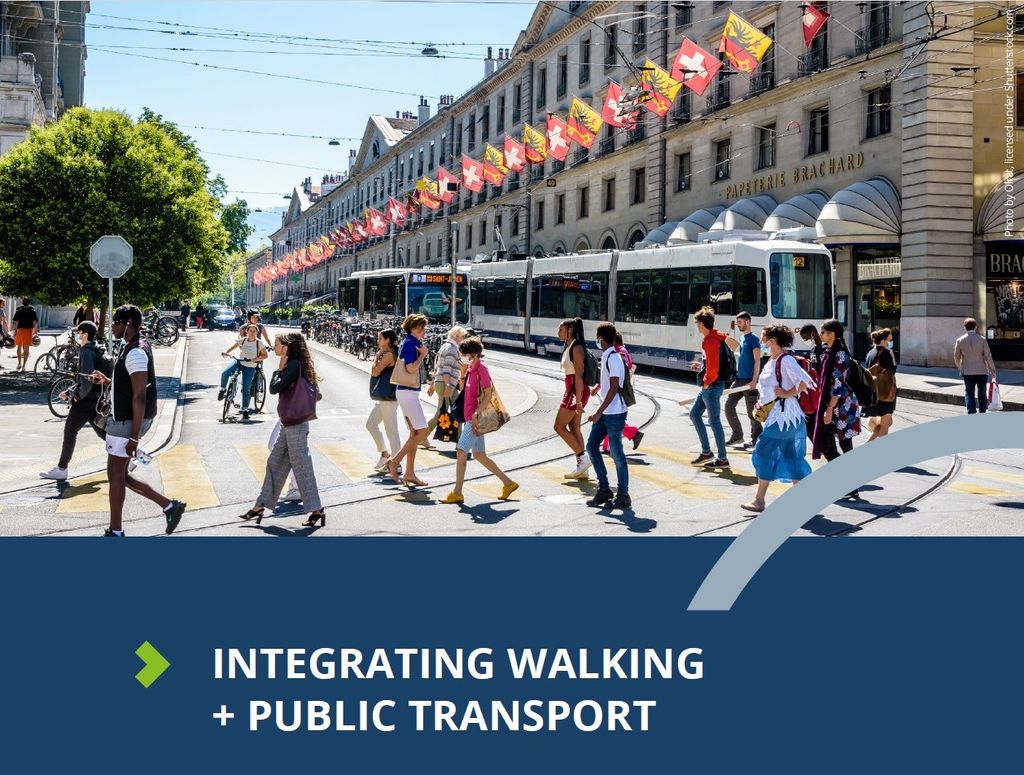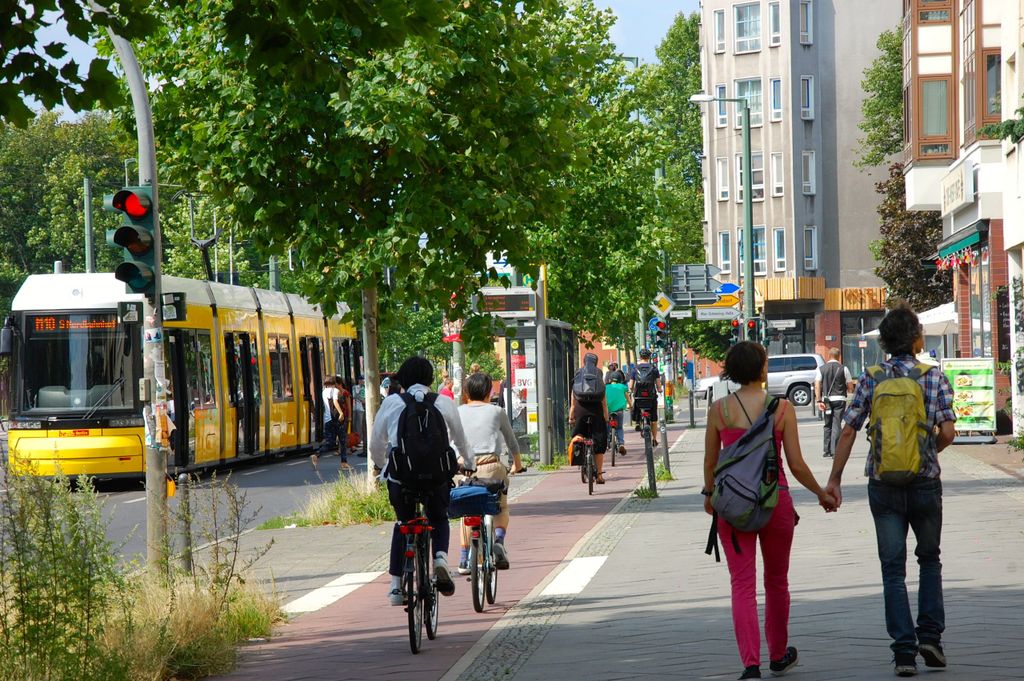
The latest trends in taxi and ride-hailing
Digitalisation, decarbonisation, climate change and the COVID-19 pandemic…what happened to the taxi sector?
If public transport is the backbone of urban mobility, then taxis and ride-hailing services are its safety net. These services provide fast, reliable, 24-hour service. They are also targeted at specific groups, such as people with reduced mobility and can also be part of other on-demand services, helping to sustain the shift towards a multimodal lifestyle.
Our latest Taxi and Ride-hailing benchmarking study provides a picture of taxi and ride-hailing services in different cities from 2019-21. This data shows a general pattern of what happened during the COVID-19 pandemic, and during a time when energy prices sky-rocketed and the climate emergency became much more apparent.
So, what happened? Here is a small snapshot…
COVID-19
First and foremost, there was a drop in operating vehicles, drivers and ridership.
COVID-19 had a huge impact on the Taxi and Ride-Hailing market, with the numbers of riders dropping by 74% in 2020 in Chicago, 56% in Casablanca, 59% in San Francisco and 39% in Dubai. As of the end of 2021, all four cities had not recovered to previous levels of ridership, registering an average of 84% of pre-COVID trips.
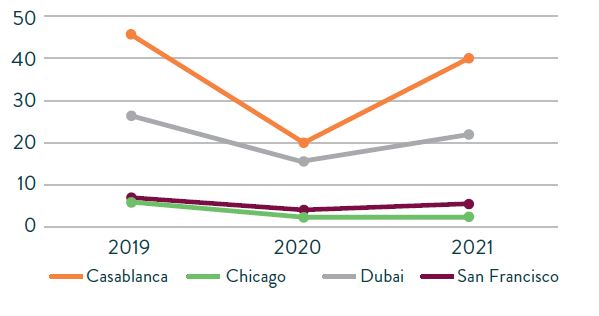
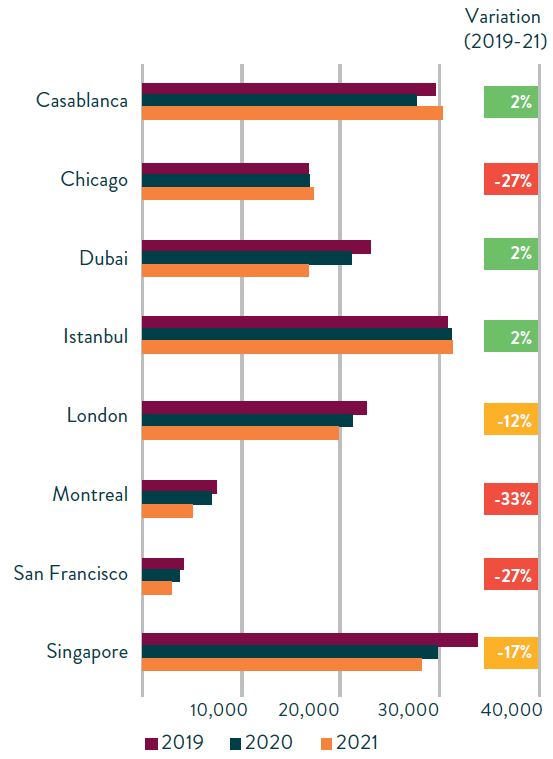
Decarbonisation
Regardless of the staff shortages and fewer customers, the number of clean vehicles increased. Out of the cities which provided data, cleaner taxi vehicles increased by 15%, while petrol and diesel decreased by 24%. This shows that efforts to decarbonise the sector and contribute to greener cities continued.
However, while battery electric vehicles (BEVs) have increased by 66% over the last three years, this still only represents less than 1% of the total fleet.
In 2021, San Francisco was the city with the cleanest fleet, composed mainly of Plug-in Hybrid Electric Vehicles (PHEVs). This was followed by Singapore, with a larger number of BEVs.
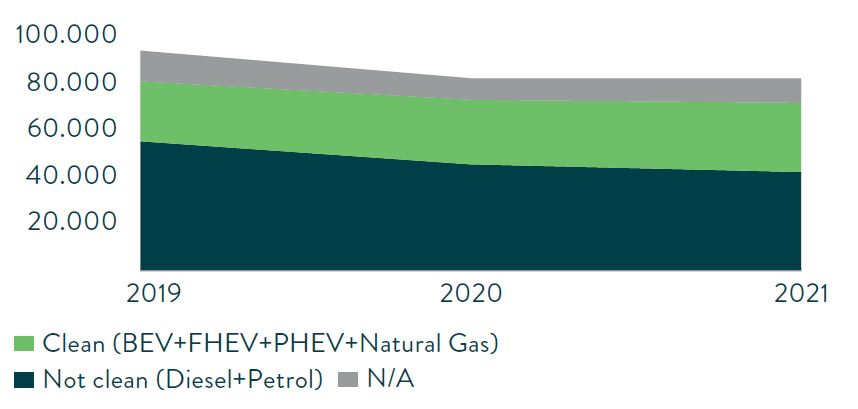
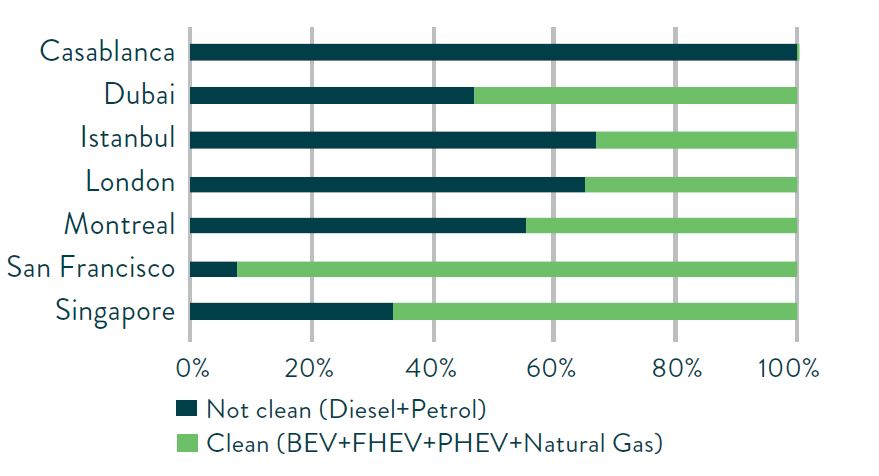
Supporting local public transport
Local public authorities, even when they cannot regulate taxi and ride-hailing services, can contract their vehicles for specific services to support the local public transport system. These include transport for people with reduced mobility (frequently known as ‘paratransit services’) or to complement a Demand-Responsive Transport (DRT) scheme.

The American public transport agency, Dallas Area Rapid Transit (DART), does not regulate taxis or ride-hailing, but it has three on-demand programmes for people with special needs that use these services. This is to supplement the ADA Paratransit, Rider Assistance Programs (RAP) and an on-demand pilot (ODP).
For all users, DART also has GoLink, another on-demand service supplemented by taxis and ride-hailing. It is available within GoLink zones, with integrated booking and payment on the GoPass app. In 2021, GoLink ridership reached 111,342, which was a full pandemic year. Since January 2022, GoLink has expanded from 17 to 30 zones as part of DART’s bus network redesign. This has resulted in a significant increase in GoLink ridership; in 2022 it reached 333,763. Typically, 75% of GoLink ridership destinations were to public transport hubs.

Public data
One key takeaway from the data collection was the clear lack of available data on these services despite the progressive digitalisation of the sector. Out of all the cities which participated in the research, none of them have an overview on the total number of requests for taxi and ride-hailing services. While 90% of the cities support taxi reservations via online platforms, there is no visibility on the number of pre-booked trips versus trips taken in real time.
Local public authorities are called to step up their competence over taxi and ride-hailing services and overcome the observable lack of available data in order to shape a more integrated, inclusive and sustainable mobility system.
COVID-19 impacted taxi and ride-hailing services just like other sustainable transport modes, but there is a growing resurgence. And during these last challenging years, the sector has been increasingly decarbonising and looking for other areas to develop so that they remain a supportive service for the public transport system.
Informing the media on our newest stats in our official press release
Bright light of the city
As the UITP Global Public Transport Summit draws closer, we explore the innovations, research, and the people behind our six themes.
This article falls within the theme of Innovative and Resilient Operations. Discover the other themes and programme of the 2023 UITP Summit on uitpsummit.org! The UITP Global Public Transport Summit is the world’s biggest event dedicated to sustainable mobility which brings together all transport modes, industry authorities and operators, as well as exhibitors.
Under the theme “Bright Light of the City”, access a wide range of thematic sessions, knowledge and networking opportunities in Barcelona from 4 to 7 June.






